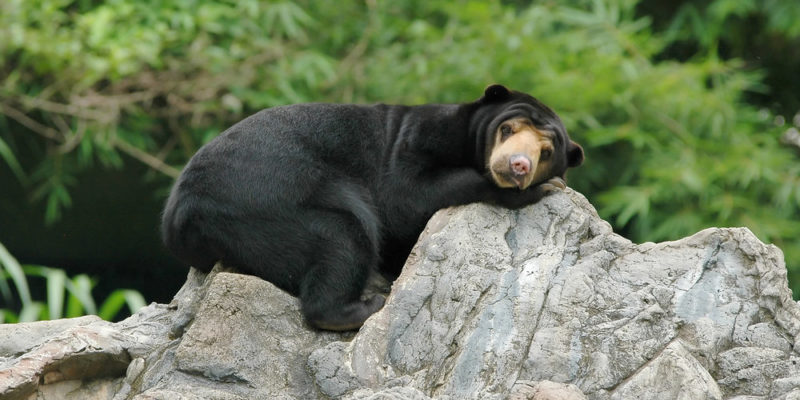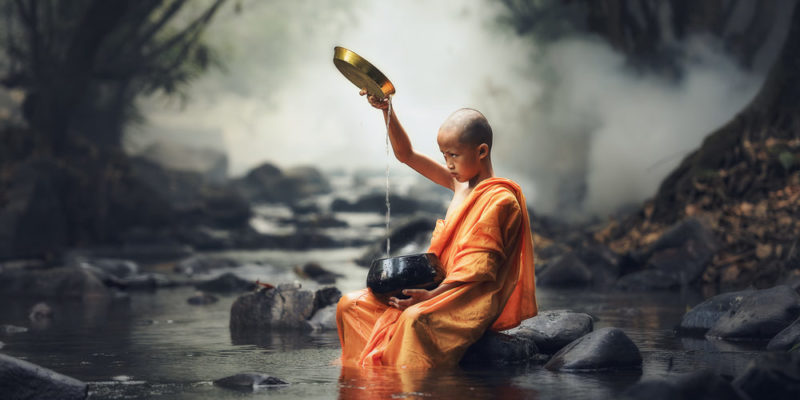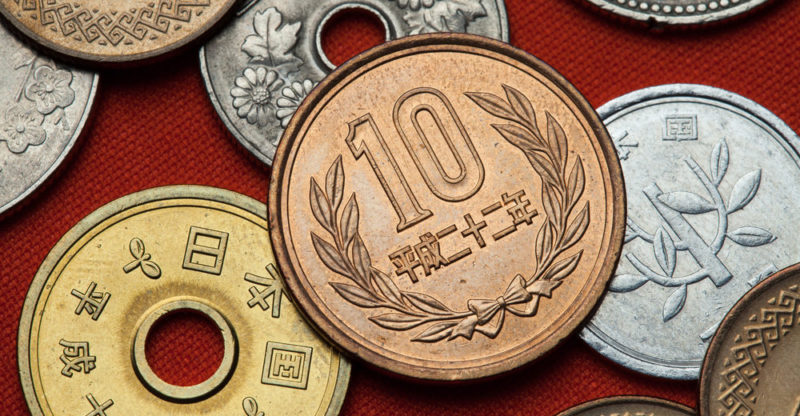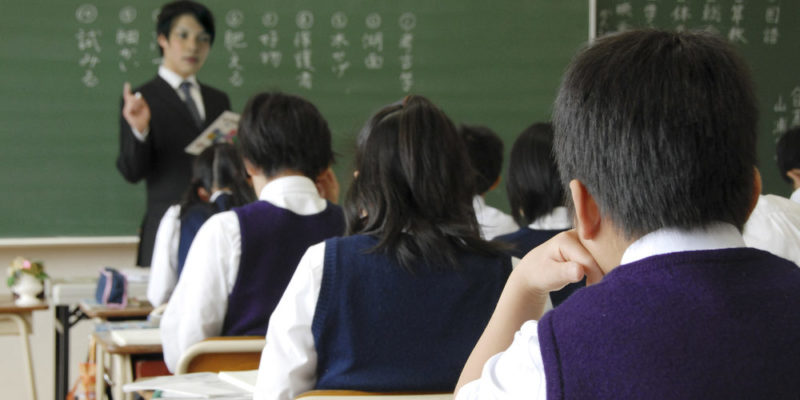We explain what Japan is, the history of this country and what its terrain and climate are like. Also, what are their general characteristics, religion and more.
What is Japan?
Japan or State of Japan, is a country made up of 6,852 islands located in East Asia . And they are found in the Pacific Ocean . The name Japan means "the origin of the sun." For this reason, this country is also known as the land of the rising sun.
The limits of Japan are: to the west the Sea of Japan, China, North Korea, South Korea and Russia . To the north it is bordered by the Sea of Okhotsk, to the south by the East China Sea and Taiwan and to the east it is bordered by the Pacific Ocean.
The capital of Japan is Tokyo and it is located on the island of Honsh?. In addition, in this area the largest number of inhabitants in relation to surface area of the whole world is located; more than 30 million inhabitants reside in Tokyo.
Currently Japan has a total population that exceeds 127 million inhabitants, although this number is decreasing year after year, that is, it maintains strict birth control to avoid exceeding the historical population index of this country.
Japan history

The history of Japan is traversed by moments where the country has been completely isolated and others where it has allowed entry and exchange with nearby countries.
Since the 1st century, the island has been inhabited , according to the writings of ancient China . Since the second century, Japan has been under different empires that marked its course as a nation, and its characteristic customs, but Japan maintained periods of foreign influence and others of prolonged isolation. It was in the second century and until 1868 that Japan was ruled by different military men who received the name of emperors. However, the period of isolation that characterized until the second century reappeared in the seventeenth century. It lasted until the middle of the 19th century.
From the 19th century and for two uninterrupted decades, Japan was immersed in internal conflicts until in 1868 the Empire of Japan was proclaimed, restoring the internal order of these islands.
Japan participated in the First and Second World War , which positioned it in a place of warlike privilege compared to other countries.
However, since 1920 Japan faced various problems that it had to face by questioning the democratic solutions in this regard; corruption of the governments of the day, accusations, etc. In addition, from that year, the economic benefit of the post-war world from which Japan had benefited, was lost after the recovery of post-war Europe .
It currently has an economic growth that places it in third place worldwide.
Japan relief
Since Japan is made up of more than 6000 islands , its relief has peaks. Around 84% of the territory is mountainous and its highest peak is Mount Fuji at 3,776 meters.
In addition, Japan is located on a relatively active tectonic plate, which is why this country is a zone of earthquakes and tidal waves. However, Japan also has grasslands and plains but these are not very extensive.
Weather in Japan

It has a rainy climate with high humidity , notably differentiating the 4 well-marked seasons. This is due to the fact that said country is located at a certain distance from the equator .
Therefore, the climate that it presents is temperate , except in the south of Japan that can present some zones with subtropical climate.
Japanese flora

The flora of Japan is varied and abundant; It has more than 17,000 species , among which stand out, Japanese chestnut trees, yours, red pines, Korean pines, birches and ash trees. In addition you can find red and white plum trees and bamboo plants .
Japanese fauna

The fauna of Japan includes about 132 species of mammals , 583 of birds , 66 species of reptiles , fish and batrachians, among which the Asiatic black bear, brown bear, wild boar, deer, antelope, badger, the raccoon dog, foxes , wild cat, sea lion, Japanese wolves , copper and green pheasant and Asian goshawk eagle .
Japan religion

Japan has not remained secretive or distant when it comes to openness to different religions. This is how he presents what came to be called syncretism , as the attempt to reconcile different religions or doctrines . In this way, the religions that are practiced in Japan allow a diversity of variants where God and Buddha are present.
The Buddhism is the majority religion considered, although there are many who profess Taoism , Confucianism, Protestantism and Catholicism.
Population in Japan

For a few decades, Japan has suffered from an overpopulation product of various axes:
- It is ranked third in the world for longevity of life , where the average life span is 87 years.
- The average number of births is 1.3 children for every woman.
Japanese economy

Japan is a developed country . It is considered as the third largest economy in the world today. It comes after the economies of the United States and China, respectively. Its currency is the Yen and it is considered very strong worldwide, even stronger than the current dollar.
Japan's main industries are: transportation, telecommunications, insurance, real estate, banking, and retail. On the other hand has a breakthrough in the technology of motor vehicles and electronics.
As for the hour-wage of an average worker, Japan has one of the best wages in the world , and taxes are usually low compared to the rest of the world.
The land of Japan is usually not very fertile for cultivation ; only 15% of the entire territory is. For this reason, this land is destined to the planting of cereals such as rice, vegetables or fruits.
Japanese Culture and Education

Japanese culture has a great influence from Asia, Europe and the United States , highlighting crafts such as pottery, origami, ikebana ukiyo-e, lacquers, dolls, among other arts . In addition, the Japanese cuisine, the ceremonial traditions of tea and the arrangement of the gardens or the decoration with swords (sabers) are highlighted.
In terms of education , Japan provides a system of nurseries or preschool up to the age of 5 inclusive of the child . It has a mandatory system for the primary and secondary level. It consists of 6 years for primary education and 3 for secondary education.
At the end of this second period, students can choose to pass to a baccalaureate level that can be chosen from four different types of subjects that will help them in their life projects, although this period is not mandatory.
Japan politics
The Republic of Japan is a constitutional monarchy . Only people who are over 20 years of age are in civic condition to vote by universal suffrage. Although the people do not choose the president , but rather the members of parliament who will then vote for the president or prime minister. Thus the same position can last only a few months or several years.
How long this prime minister remains in office will depend on how long he has the support of parliament. Until 2008, Japan only maintained a single powerful political party ; the Liberal Democratic Party, although there were minor parties.
As of 2009, greater strength has been generated in less powerful political parties , causing the power of said party to decrease.
The above content published at Collaborative Research Group is for informational and educational purposes only and has been developed by referring reliable sources and recommendations from experts. We do not have any contact with official entities nor do we intend to replace the information that they emit.
Katheryn is a corporate attorney and finance specialist, conducting research daily to get you closer to financial security and freedom (even if you're just getting started). Her +600 articles published in Collaborative Research Group have already helped thousands of readers on the internet. .
Leave a reply
Your email address will not be published. Required fields are marked *Recent post

Sport: What Is It, Types, Risks, Features, Characteristics and Examples

Dogs: Emergence, Features, Characteristics, Feeding and Breeds

Story: Definition, Elements, Structure, Features and Characteristics

